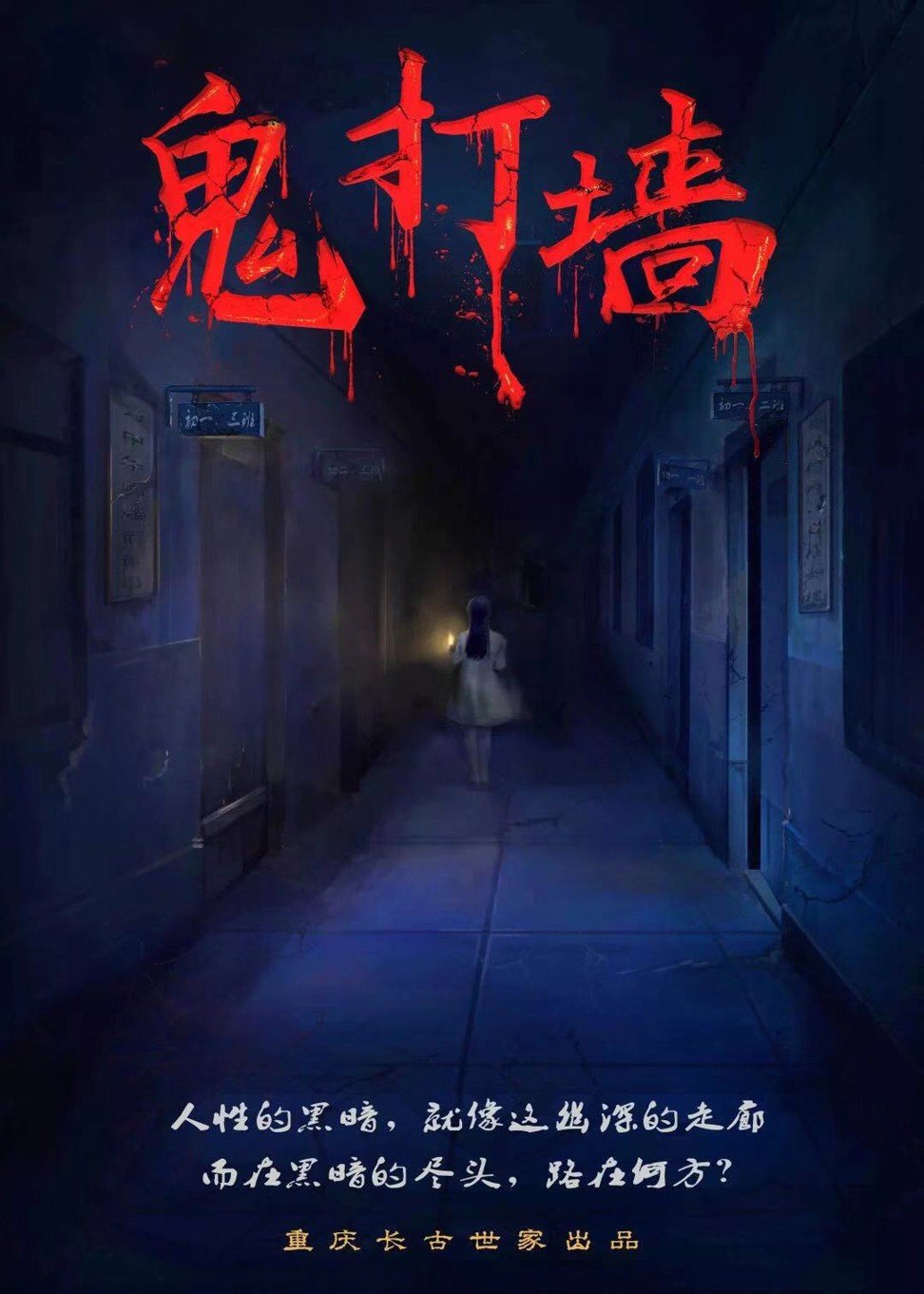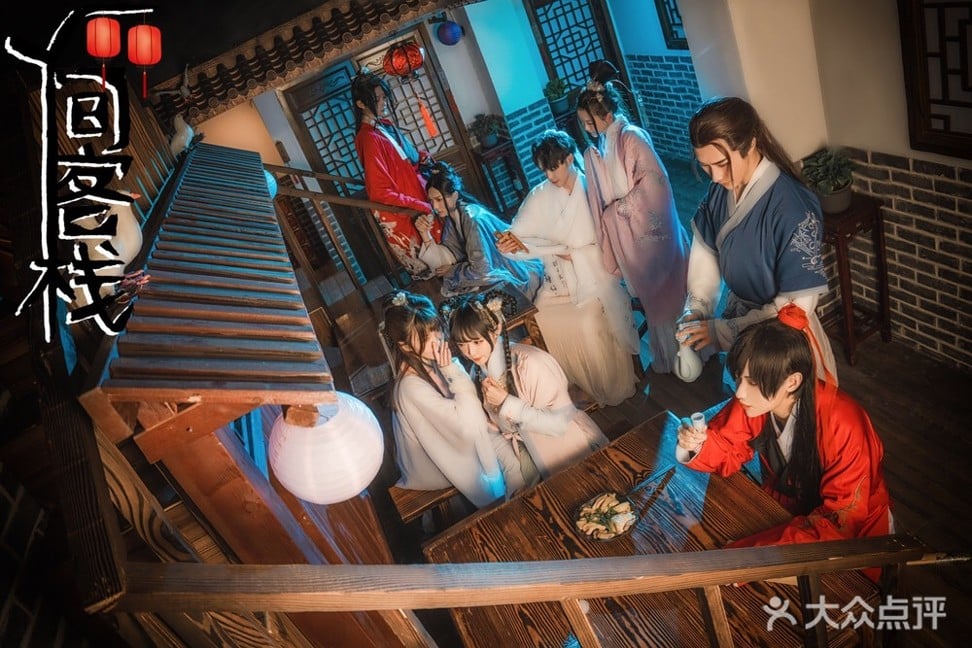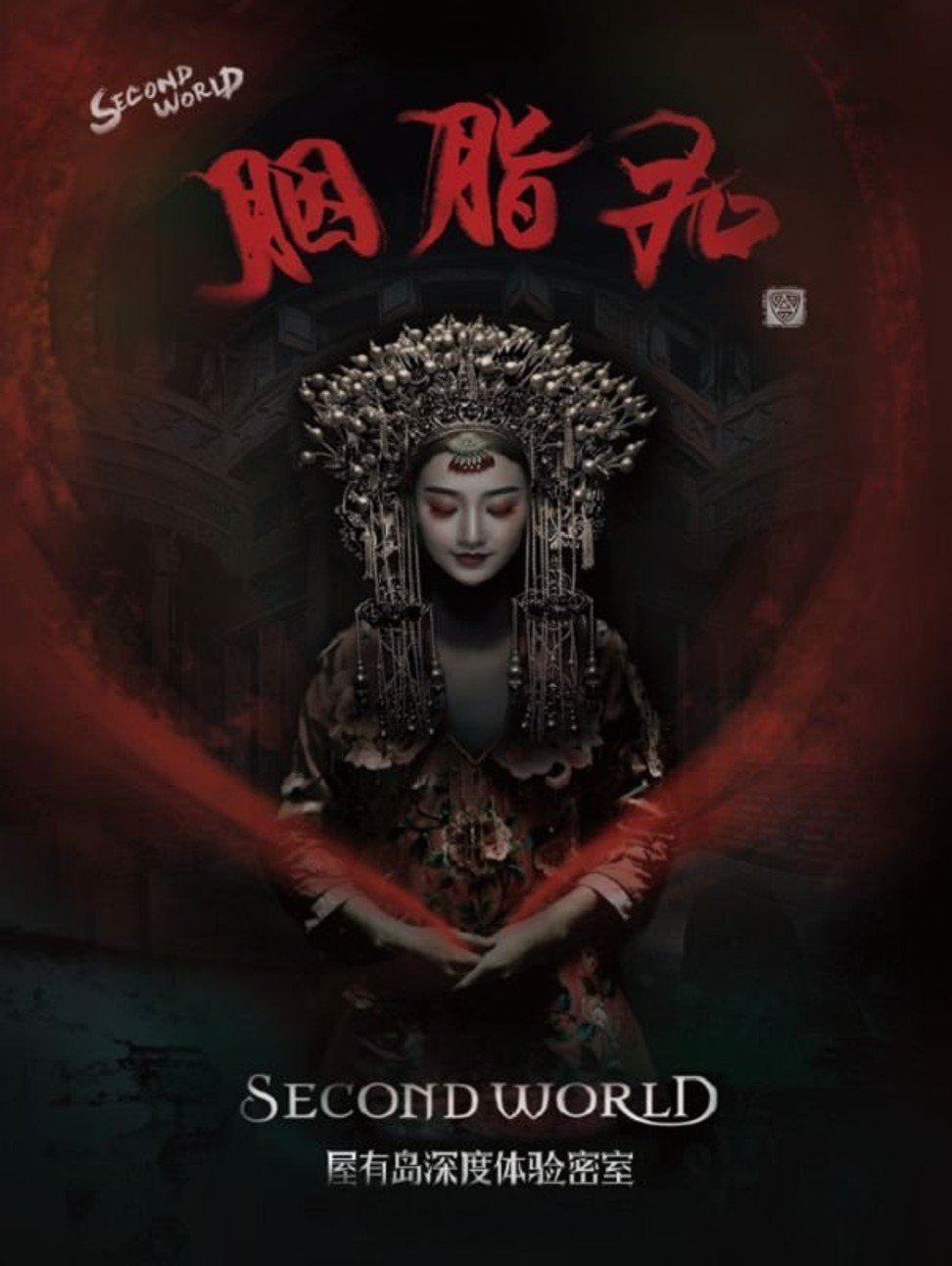
China’s escape rooms are taking genre to next level with immersive theatre and role play
- Escape rooms have become one of the hottest forms of entertainment in China with over 350 in Shanghai alone
- Some reference classic horror films, while others are modelled after Chinese period dramas, with players putting on costumes and playing in character
A chill runs down my spine as soon as we lift our blindfolds and find ourselves in a dark, narrow hallway. A light bulb flickers above our heads. In front of us is a noticeboard with faded photos stuck onto it.
Maybe that is our first task, to work out what the images are and to search for more clues in the text on another board. But the sudden sound of a basketball bouncing down a neighbouring hallway is enough to elicit a shriek and send all five of us scuttering to a corner in panic.
Welcome to Second World, an “escape room” full of haunting themes, sophisticated contraptions and terrifying actors. Players have to unravel mysteries and navigate mazes, while trying to “stay alive” (no one dies, of course, but failing to get out does mean game over). Think Westworld, the popular US sci-fi TV series, but on a smaller scale.
Escape rooms combined with immersive theatre and role play have become one of the hottest forms of entertainment in China. There are more than 350 of these venues in Shanghai alone and Second World is one of the largest franchises, operating 17 escape rooms across the country.

Team effort is required, though players may sometimes be tasked with individual missions as well. Meanwhile, some escape rooms take the survival game to a new level by turning players against each other.

I had to book more than a week ahead to secure a place at Second World in Shanghai. Even then, only the earliest and latest sessions – the latter of which run until 1.30am – were available. With only three of us, we had to team up with another couple, whom we met on the day.
Back to our escape mission, which is set in the 1980s. We have about 90 minutes to find our way through an abandoned primary school looking for two students who have disappeared after celebrating their birthdays. Drawers and doors pop open, clues fall from the ceiling and walls move when tasks are completed successfully. A walkie talkie allows us to communicate with staff to ask for hints if needed.
Several timely jump scares, one team member down and numerous screams of terror later, the culprit is revealed – we won’t spoil it for you, but the motive was suitably grisly.

Halfway through the game, feeling a mixture of tense and terrified, I find myself wondering why I signed up for this exercise. Still, I have better luck than the unfortunate teammate, who finds himself trapped in a room along with a zombie, as the rest of us race to rescue him.
At the end of the game, a staff member explains the entire story and answers questions players may have about any unsolved puzzles (certain clues may not have been obvious). The room’s creator has developed a backstory for each character, and everything together forms a comprehensive narrative that adds to the experience, leaving us in awe even as we walk away.

Despite giving us a really good scare, our game is only graded as “middle level” on the horror scale. We are invited to challenge a higher level next time.
But no thanks.

